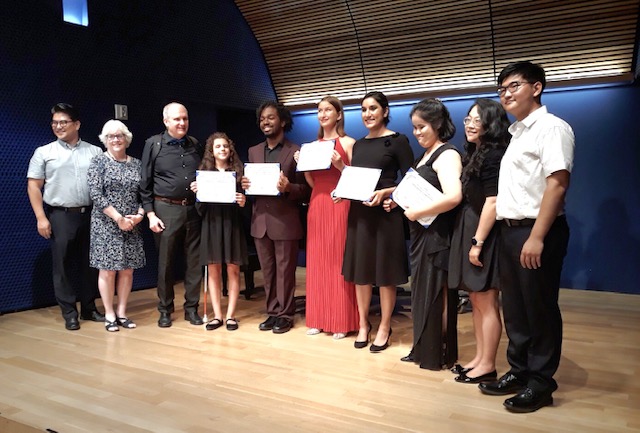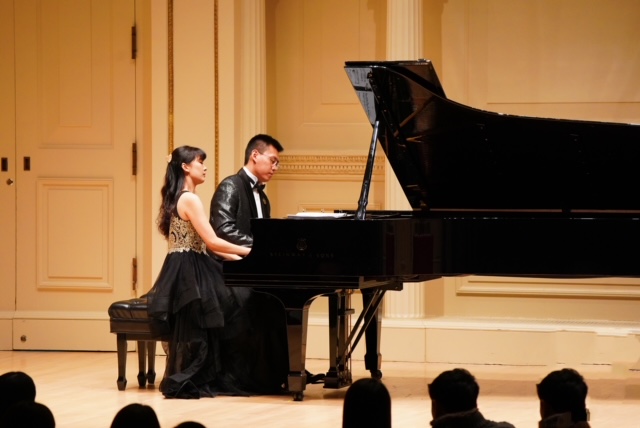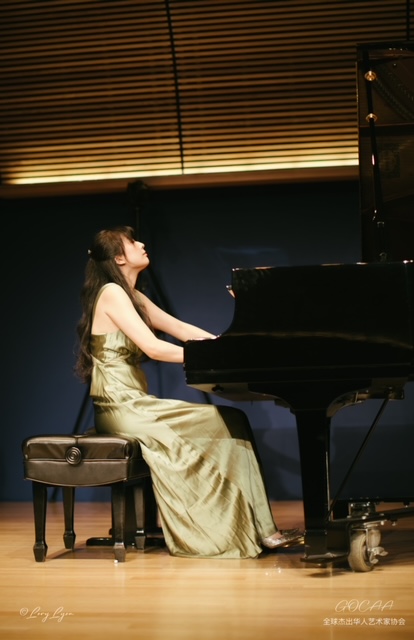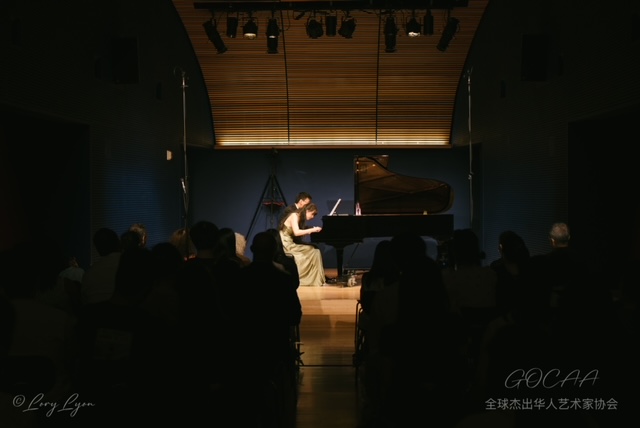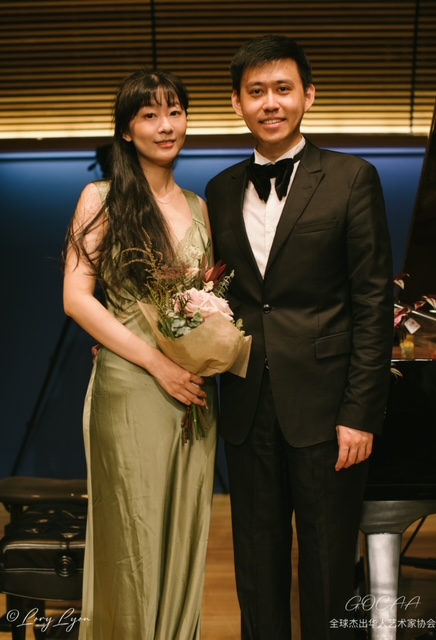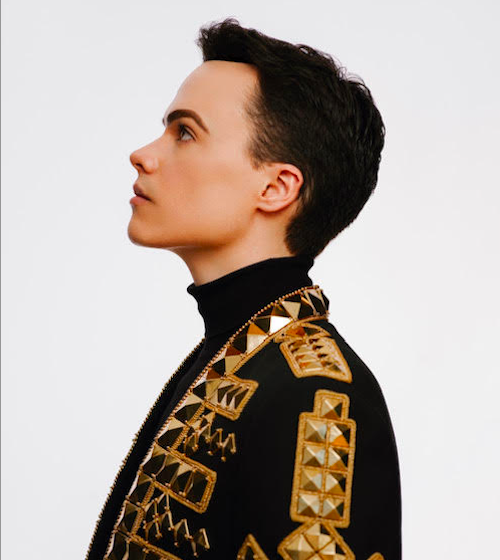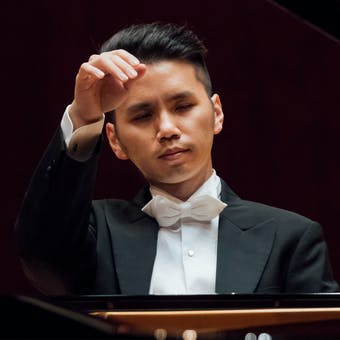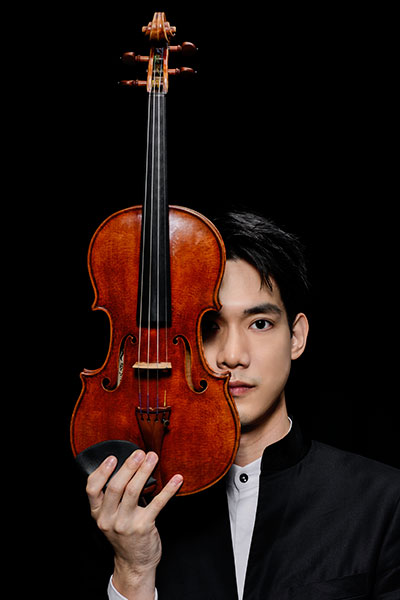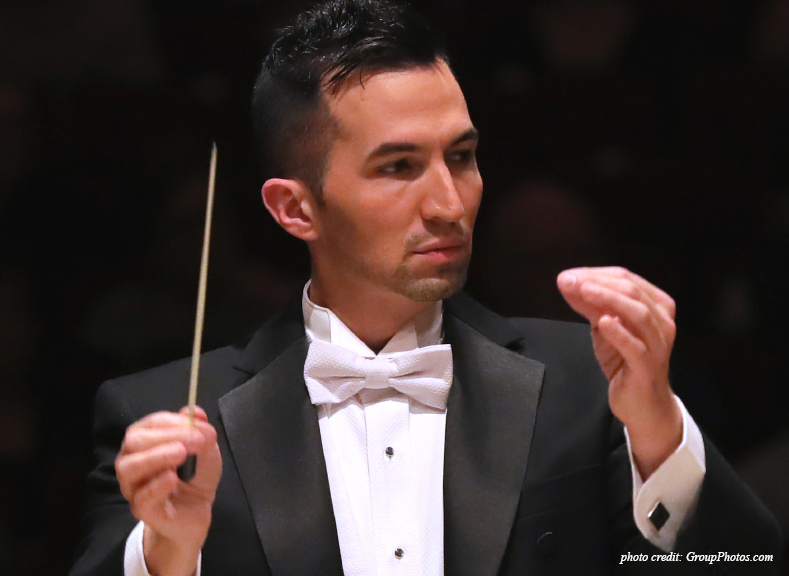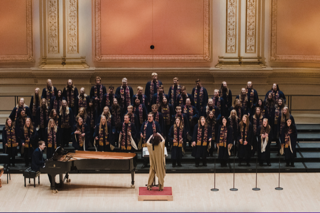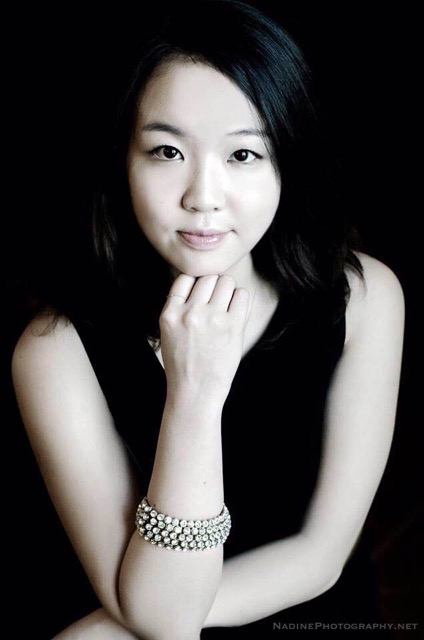Pianists: Evelina Ania Kleczek, Owen Yisu Wang, Chihaya Inaba, William Petrarch Hsieh, Anh Nguyen, Taige Wang, Kanae Maeda, and Delvan Lin
DiMenna Center for Classical Music 450 W 37th St, New York, NY 10018
July 24, 2022
It has been a privilege for roughly fourteen years to watch the growth and continued success of the Rosalyn Tureck International Bach Competition, hearing young pianists on their paths to the world’s stages, and this year’s event was no exception. The TIBC, as it is shortened, was conceived in 2003 by pianist Golda Vainberg-Tatz to honor her mentor, the celebrated Bach interpreter Rosalyn Tureck (with Dr. Tureck’s blessing shortly before she passed away), and events have now taken place in 2008, 2010, 2013, 2015, 2017, 2019, and the current year, 2022.
Just beholding the list of prizes and honorable mentions is overwhelming, with eight repertoire categories (Category 8 being the monumental set of Goldberg Variations), all with different age limits within the overall range of 8 to 28. For example, Category 1 (the Short Preludes, Preludes and Fugues, and Fantasies) is for an age range of 8-12, while Category 2 (Inventions and Sinfonias) runs up to age 15, with other categories going up to 20 or 28 (except Category IV, which is divided by two age ranges and also by specific repertoire choices from among the Partitas and other Suites). Whew! It takes patience to process, but the judges are the ones needing to master it all – and they seem to have done quite well!
As the top prize in eight repertoire categories is called the Rosalyn Tureck Prize in each case, all can get a bit confusing, but it appears that there was no such prize awarded this year in Category 1 (Short Preludes, Preludes and Fugues, Fantasies), Category 7 (Recital), or Category 8 (The Goldberg Variations). In Categories 2-6 the Rosalyn Tureck Prize was awarded (shared in two cases) to William Hsieh, Taige Wang, Evelina Kleczek, Owen Wang, Kanae Maeda, Delvan Lin, and Anh Nguyen. In addition, there was a Contemporary Music Award (cash), shared here by Chihaya Inaba, Evelina Kleczek, Kanae Maeda, and Taige Wang. A special award named for pianist Olga Kern was shared by William Hsieh and Taige Wang (the Kern Foundation “Aspiration” Award), and last but certainly not least, the Evgeny Kissin Grand Prize/Steinway Award, was awarded to Delvan Lin. For more details one can visit Rosalyn Tureck International Bach Competition.
To open the Winners’ Concert, we heard Evelina Ania Kleczek (age 13, USA, Category 3- Preludes and Fugues; TIBC Contemporary Music Award), playing the noble Prelude and Fugue in C Major (BWV 870) from Book II of the Well- Tempered Clavier. Her playing showed remarkable maturity, poise, and control. She let the music speak for itself simply and directly without overthinking – a refreshing performance, especially in the stressful context of a competition. Her voicing in the Fugue was particularly commendable, along with her crisp articulations and judicious pacing.
Owen Yisu Wang played next (age 14, Canada, Category 3 – Preludes and Fugues), offering (rather surprisingly) Felix Mendelssohn’s Op.35, No 3 in B minor, with its unrelenting Prelude and equally rigorous, thorny Fugue. This remarkable young pianist is to be congratulated on faring so well in this demanding piece, though one can’t help wondering how he resisted some of the other more interesting, expressive pieces in this opus – perhaps the fact that this B minor one is lesser known was part of the allure. At any rate, it was impressive in its highly disciplined digital evenness. In all the driving staccato notes of the Prelude, it could have perhaps benefited from a more dance-like feel, but all in all it was excellent. One looks forward to hearing this talented pianist in repertoire that shows a greater variety of musical facets.
Up next was Chihaya Inaba (age 14, Japan, TIBC 2022 Contemporary Music Award and Honorable Mention in Category 2 – Inventions Sinfonias, Duets), who brought the program into the present day with music of William Bolcom (b. 1938), specifically the “Hymne á l’amour” (2009) from 12 Etudes Book IV. A stirring and musically demanding piece that sets a haunting repeated 8-note motif against poignant dissonances and builds to a powerful emotionalpeak, it was an unusual choice for such a young player. Mr. Inaba gave it his profound involvement – a surprise and a joy to hear in one so young – and the Contemporary Music Award seems quite justified. One is still left curious to hear his Bach, the raison d’être for the competition, but one suspects that his interpretations would be equally personal and compelling.
Still more music of our day followed, with Kapustin’s Sonatina Op. 100 (composed in 2000) as played by William Petrarch Hsieh (age 12, USA, Category 2 – Inventions, Sinfonias, Duets; the Contemporary Music Award; and the Kern Foundation “Aspiration” Award). This piece, like so much of Kapustin, is highly jazz-influenced but without actually being jazz (as Kapustin was known to articulate when speaking about his music). Mr. Hsieh’s performance here brought out its saucy flavor, and it was pure fun. The Sonatina is not at all easy, but Mr. Hsieh played it with such technical ease and a sense of the idiom that it felt “tossed off” – a striking thing to behold in a pianist age 12. When combined with some subtle movements of a jazz “pro” one almost had to laugh with delight. One repeats to oneself: age twelve.
As terrific as the twentieth and twenty-first-century selections were, it was a joy to return to the honoree of this competition, J. S. Bach, in the hands of Anh Nguyen (age 14, Vietnam, Category 6 – Chromatic Fantasy and Fugue, Italian Concerto, Sonatas). She played Bach’s magnificent (and difficult) Toccata and Fugue in G Major, BWV 916, handling its contrapuntal challenges extremely well. Her rendition will undoubtedly feel more and more settled as she lives with it, but it had much to offer. She gave it a brisk and authoritative opening, a sensitively wrought Adagio, and a percolating fugue. It will be a pleasure to see where music leads this young player.
Music of Bolcom returned next, specifically the Nine Bagatelles (1996) in the hands of Taige Wang (age 11, China, Categories 2 and 5 – Inventions, Sinfonias, Duets, Various; Kern Foundation” Aspiration” Award; and TIBC Contemporary Music Award). These Bagatelles, unlike the more overtly jazzy and accessible music of the same composer, are quite craggy, dissonant, and hard to grasp even aurally, so it was especially astonishing to hear them so well played by an eleven-year old! Mercurial mood changes, extreme dynamics, and elements of atonality all contribute to the difficulty of this set, but young Mr. Wang was up to all of it. One can see why he received the “Aspiration” Award and looks forward to more from him.
Kanae Maeda (Age 19, Japan, Category 4A – Suites and Partitas), participated virtually from Japan but made a fine showing, first with selected dances from Bach’s English Suite No. 3 in G minor BWV 808 and then with Rain Tree Sketch II (1992) by Toru Takemitsu (1930-1996). The Bach was well controlled and meticulous, with an emphasis on the motoric energy in the Prelude, and a similarly metric Gavotte I. The Gavotte II with its gentler turn to major and slight easing up of tension was thus especially welcome – and also nicely ornamented. Her control and clarity in the Gigue were exemplary. She definitely has a grasp of consistency of voice and texture – a good thing – but it may be time to look for more ways of varying the sound while projecting phrases. She certainly found tonal variety in the Takemitsu piece – and it was rendered with utmost personal expressiveness – and with the color befitting its dedicatee Olivier Messiaen.
It says a lot that, as I passed the hour mark of hearing these winners and was starting to ask that inevitable question (“how much more is there?”), the final performer had me immediately wanting the music to continue. The pianist grabbing my attention was Delvan Lin (age 22, New Zealand, Category 4B -Partitas 2,3,5,6, and French Overture; the Evgeny Kissin Grand Prize 2022, and the Steinway Award 2022). From the very opening phrases of his Toccata from Bach’s Partita No.6 in E minor BWV 830, this was Bach from the human soul – no metronomes in sight, though with a perfect grasp of the music’s human pulse. There was infinite variety, as is inherent in the music itself – though such range is not always found by all pianists. Each climb, each descent, each sequence, each gesture served to reveal the monument in music that Bach created, and yet we the listeners lived fully in each moment, as should be the case. The result was breathtaking. No note was without feeling, and no phrase was without shape, and yet the overview remained one of proportion and thoughtfulness. Bravissimo!! Before I drown in superlatives, I’ll add that the subsequent Sarabande and Gigue held that high standard, though the Toccata basically eclipsed all. There can be no regrets in choosing this winner, and I truly look forward to hearing him again!
Congratulations go to the jury for their discernment – including for the finals Emmanuel Krasovsky, Andre Laplante, Linda Petrikova, and Jerome Rose. Perhaps it is not a coincidence that the description in the above paragraph could describe some of the performances I’ve heard by Rosalyn Tureck herself. One can only imagine how proud she would be, were she here to behold this legacy. Congratulations go to all involved – the jury, the young performers, the patrons, and to the tireless director of it all, Golda Tatz. Bravi tutti!
by Rorianne Schrade for New York Concert Review; New York, NY

